
The 6 Carpet Flooring Trends for 2025
1. Soft, Smooth Textures
Cozy carpets are popular, giving a soft feeling under your feet. High-pile styles like Saxony and velvet are great for bedrooms and living areas, adding comfort and style.
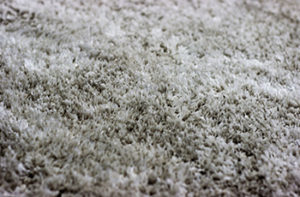
2. Nature-Inspired Colors
Colors like sage green, terracotta, and sand are in style, bringing the outside in. These shades make rooms feel calm and work well with natural materials.

3. Patterned Carpets and Bold Prints
Bold patterns, like geometric and abstract designs, are big in 2025. These carpets add character to rooms and can be the main feature.
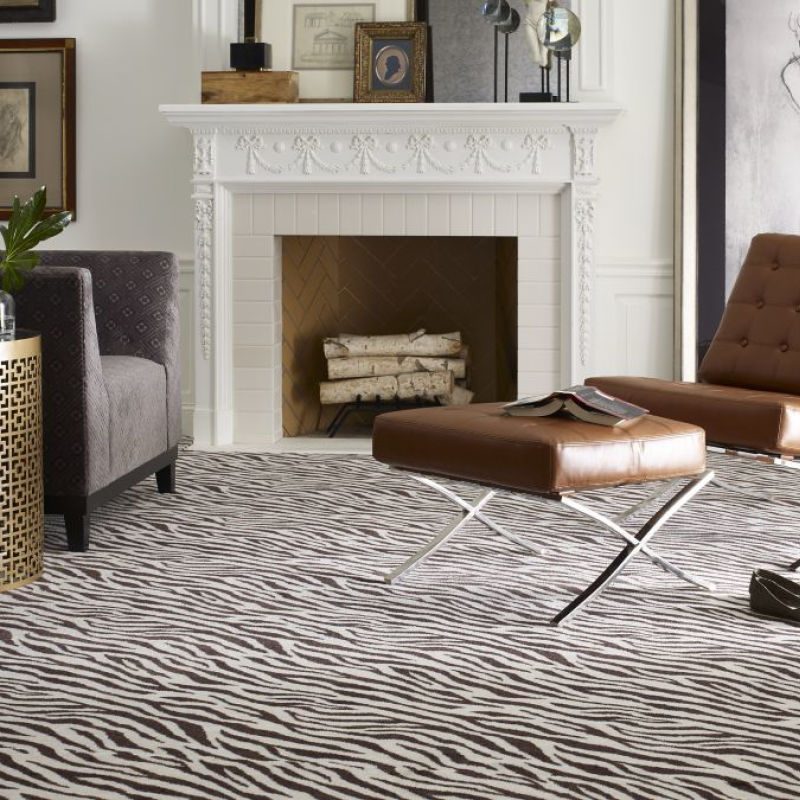
4. Durable Pet- and Kid-Friendly Carpets
Strong carpets are needed for homes with kids and pets. These carpets resist stains and are easy to clean, keeping them looking good.

5. Eco-Friendly and Recycled Materials
Eco-friendly carpets from recycled materials are in demand. They are good for the planet and still look stylish and feel comfortable.

6. Smooth Carpet Transitions
Carpets that smoothly transition between rooms create a unified look. Matching textures and colors help tie spaces together.
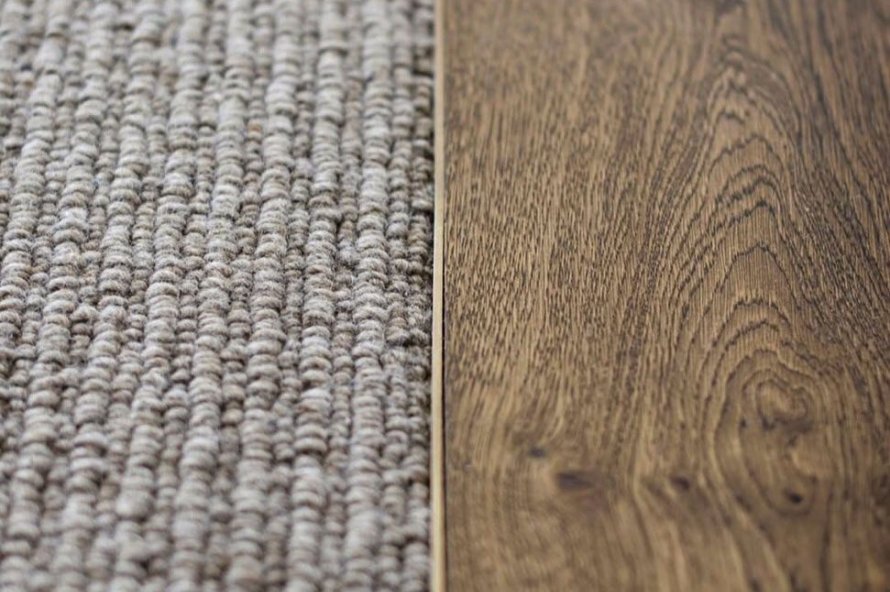
Carpet Fiber Types Explained (Pros & Cons)
Picking the right carpet fiber is as important as choosing style or color. Each type has its own benefits, like luxury, strength, stain resistance, or being eco-friendly. Here’s what to know about common fibers in 2025:
Nylon
Nylon is a popular synthetic fiber known for its strength and ability to recover from foot traffic. Ideal for busy areas like hallways and living rooms, it also handles stains well when treated.
Polyester
Polyester is soft and affordable, great for bedrooms or guest rooms. It offers bright colors and is naturally stain-resistant, but may flatten faster in busy spots.
Wool
Wool is a top choice for natural fibers — soft, durable, and resistant to stains and flames. It’s perfect for fancy living spaces but costs more and needs more care.
Triexta
Triexta is a newer fiber that combines softness and strength, making it great for families with kids or pets. It resists stains without chemicals and holds up under heavy use.
Olefin (Polypropylene)
Olefin resists moisture and mildew, making it good for basements or low-humidity areas. It’s less strong than other fibers, best for low-traffic spots.
Quick Comparison: Carpet Fibers at a Glance
| Fiber Type | Best For | Softness | Stain Resistance | Durability | Avg. Cost (per sq ft) |
|---|---|---|---|---|---|
| Nylon | High-traffic areas | ★★★★☆ | ★★★★☆ | ★★★★★ | $2 – $6 |
| Polyester | Bedrooms, guest rooms | ★★★★★ | ★★★★☆ | ★★☆☆☆ | $1.50 – $4 |
| Wool | Luxury living areas | ★★★★★ | ★★★☆☆ (natural) | ★★★★★ | $5 – $12 |
| Triexta | Kids’ rooms, family areas | ★★★★☆ | ★★★★★ | ★★★★☆ | $3 – $6 |
| Olefin | Basements, utility rooms | ★★☆☆☆ | ★★★☆☆ | ★★☆☆☆ | $1 – $3 |
Best Carpet Styles by Room
Choosing the best carpet for your home depends on the room’s use, how much it is walked on, and your design ideas. Match the carpet style for each room to make it comfortable, durable, and nice looking.
Bedrooms (Luxury and Comfort)
In bedrooms, soft comfort is important. Choose high-pile or soft Saxony carpets that feel nice underfoot. Neutral or nature-inspired colors create a cozy, calm space.
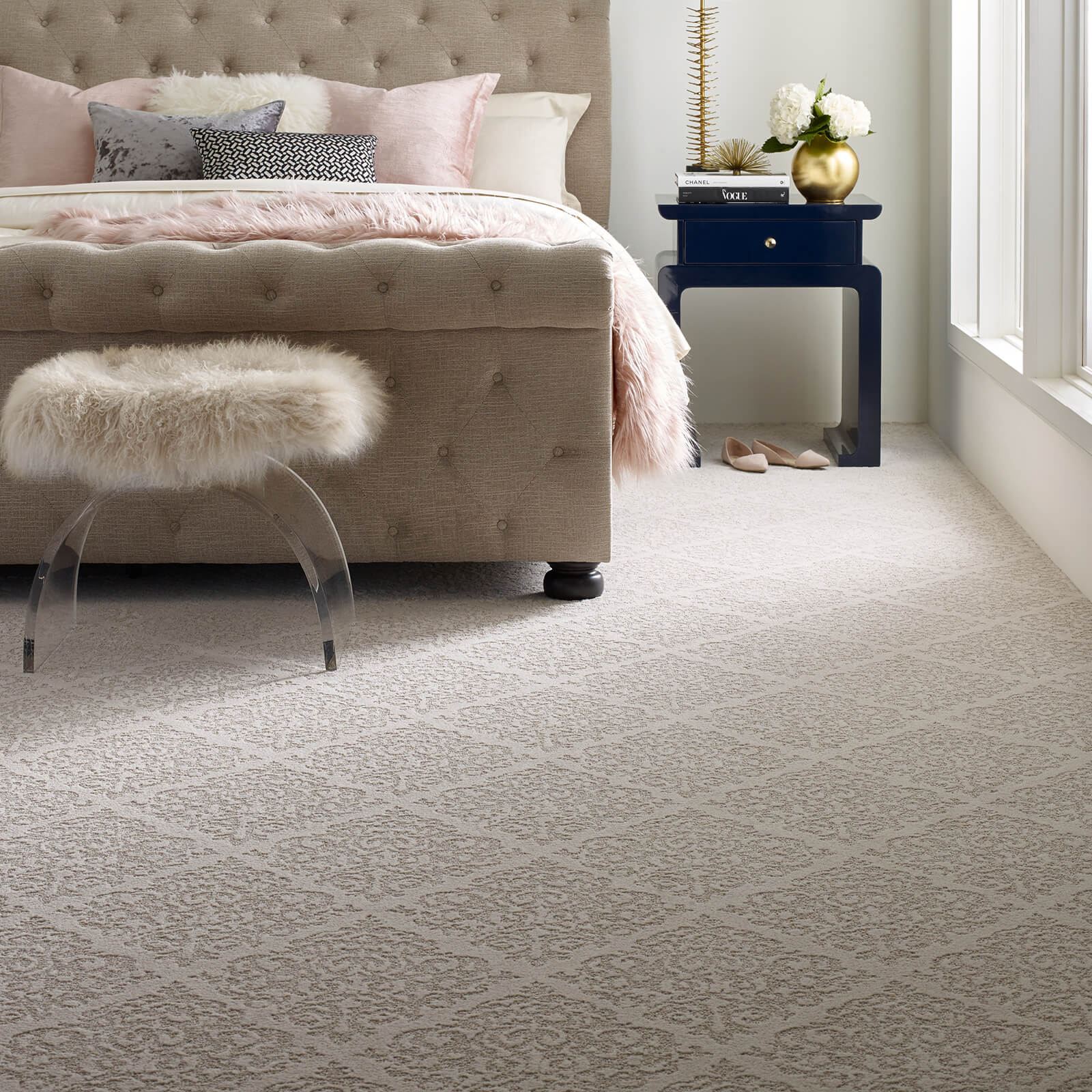
Living Rooms (Style + Durability)
Living rooms get a lot of use, so choose carpets that blend style and toughness. Nylon or triexta fibers in textured or patterned styles hide footprints and wear. Looped or cut-loop styles add dimension.
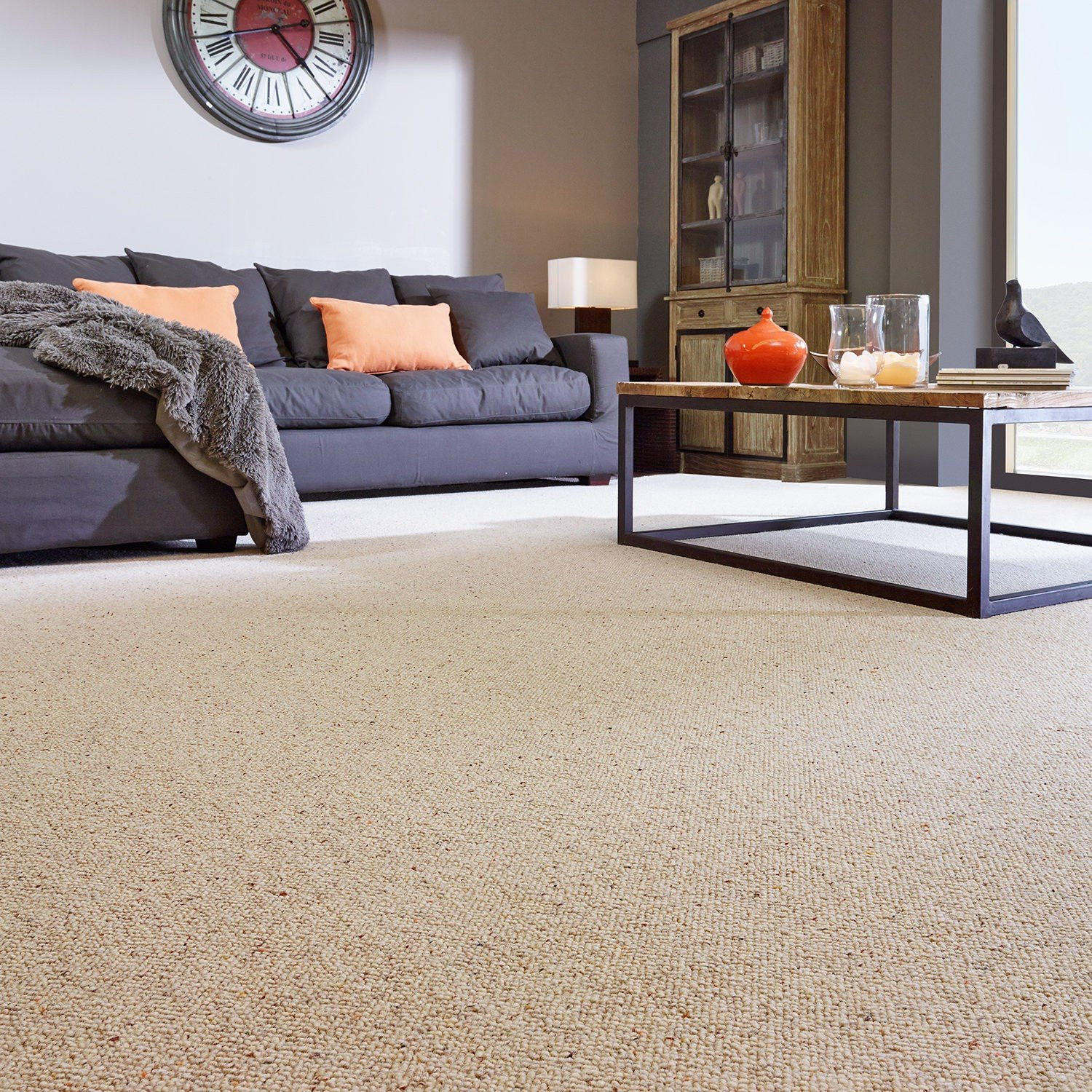
Home Offices (Sound Absorption)
Carpet helps reduce noise in home offices. Low-pile carpets cut down on echo and help keep focus. Subtle patterns or dark colors add a professional look and stand up to wear from chairs.

Stairs and Hallways (Low-Pile Options)
Stairs and hallways need strong and grippy carpets. Low-pile, looped carpets like Berber are great for traction and resisting foot traffic. Pick a dense weave in a color that hides dirt. Look at all of our carpet stairs options.
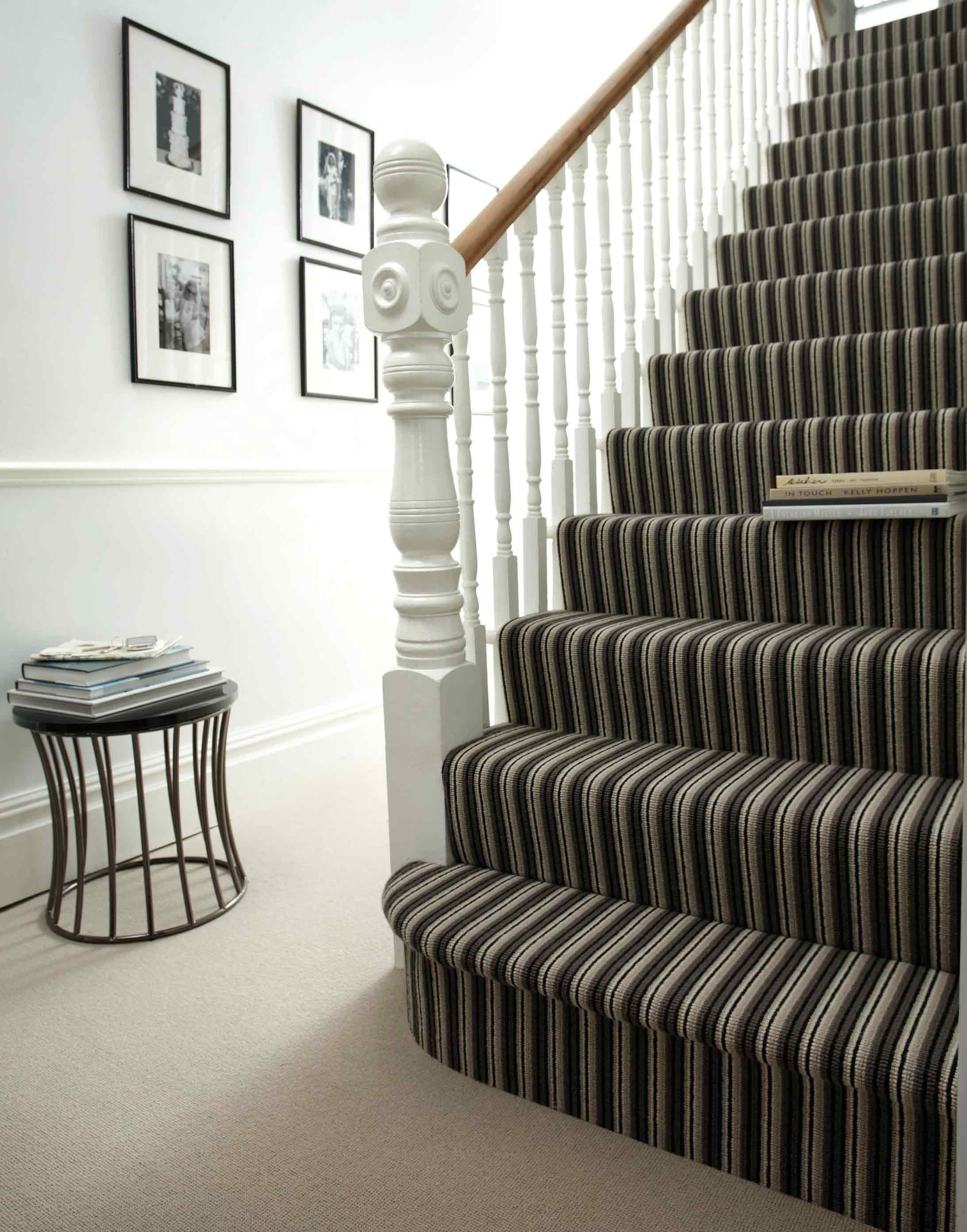
Rental Properties (Budget-Conscious Picks)
For rental properties, cost and maintenance are important. Polyester or olefin carpets in neutral colors are budget-friendly and look good. Choose stain-resistant finishes and modular carpet tiles for easy replacement.

Carpet Flooring Costs in 2025
When you buy carpet, you need to think about more than just the roll price. Things like fiber type, pile height, padding, and how it’s installed all add to the cost. Here’s what you should plan to spend in 2025.
Average Material Prices by Fiber and Style
Carpet prices change based on the fiber, pile type, and extra features. Here’s a quick look at typical costs per square foot:
| Carpet Type | Avg. Material Cost (per sq ft) | Notes |
|---|---|---|
| Polyester | $1.50 – $4.00 | Budget-friendly, soft, stain-resistant |
| Nylon | $2.00 – $6.00 | Durable and resilient for high-traffic areas |
| Triexta | $3.00 – $6.00 | Kid- and pet-friendly, eco-conscious |
| Wool | $5.00 – $12.00 | Luxury natural fiber, long lifespan |
| Olefin (Polypropylene) | $1.00 – $3.00 | Best for low-traffic or moisture-prone areas |
Installation Costs per Square Foot
Professional carpet installation costs $1.00 to $2.50 per square foot. Stairs and tricky rooms might cost more because they need extra work.
Padding and Removal Costs
Padding: $0.50 – $1.00 per sq ft, depending on density and material
Old Carpet Removal: $0.50 – $1.00 per sq ft
Furniture Moving (optional): May add $1.00 – $2.00 per sq ft depending on service
Using good padding under your carpet can make it last longer and feel better.
Long-Term Value and Warranty Coverage
Cheaper options like polyester may not last as long as nylon or wool. Wool and better synthetics often come with longer warranties, from 10 to 25 years. Check the warranty details for stain and texture coverage.
DIY Carpet Installation vs. Hiring a Pro
Installing carpet yourself can save money if you have the right tools and skills. However, using a professional can lead to better results, fewer mistakes, and warranty protection. Consider these factors before starting.
👉 Want some help? See our DIY Carpet Installation Guide for tools, tips, and instructions.
Tack Strip vs. Glue-Down Installations
Most home carpets use tack strips around the room’s edge. This method lets the carpet stretch for a snug fit, ideal for plush home carpets.
Glue-down installation, common in commercial spaces, sticks the carpet to the floor. It’s good for durable carpets in busy areas but is harder for DIY projects.
Tools, Skill Level, and Prep Required
DIY carpet installation needs tools like a knee kicker, carpet stretcher, and utility knife. Preparing the subfloor by cleaning and leveling is crucial.
Cutting seams well and stretching carpet takes practice. It’s doable for handy homeowners in simple rooms, but complex areas may need a pro.
Common DIY Mistakes and Fixes
Common DIY carpet mistakes include:
Not stretching the carpet properly, leading to wrinkles or early wear
Cutting too short around walls or doors, causing gaps
Skipping underlayment or using wrong padding, reducing comfort and lifespan
Poor seam alignment, making transitions noticeable
If unsure, hiring a certified carpet installer can save time and ensure warranty protection.
Top Considerations Before Choosing Carpet Flooring
Carpet flooring is soft, warm, and flexible in design. Picking the right carpet involves more than just color or texture. Here’s what to think about before choosing.
Comfort and Insulation Benefits
Carpet feels soft and helps keep rooms warm, great for bedrooms and living areas. It also reduces noise, which is helpful in homes with multiple levels.
Stain Resistance and Family-Friendliness
For families with kids or pets, stain-resistant carpets are important. Choose materials like nylon with stain blockers to make cleaning easier.
Allergens and Indoor Air Quality
Modern carpets often include hypoallergenic and antimicrobial features. Use a good vacuum and clean regularly to keep the air healthier.
Durability and Foot Traffic Suitability
Carpets vary in durability. Dense, low-pile carpets are better for busy areas, while plush carpets fit quieter rooms. Choose based on room use.
Design Cohesion with Furniture and Wall Colors
Carpet affects a room’s look. Think about how its color and texture match your furniture and walls. Neutral colors are flexible, while bold choices can stand out.





